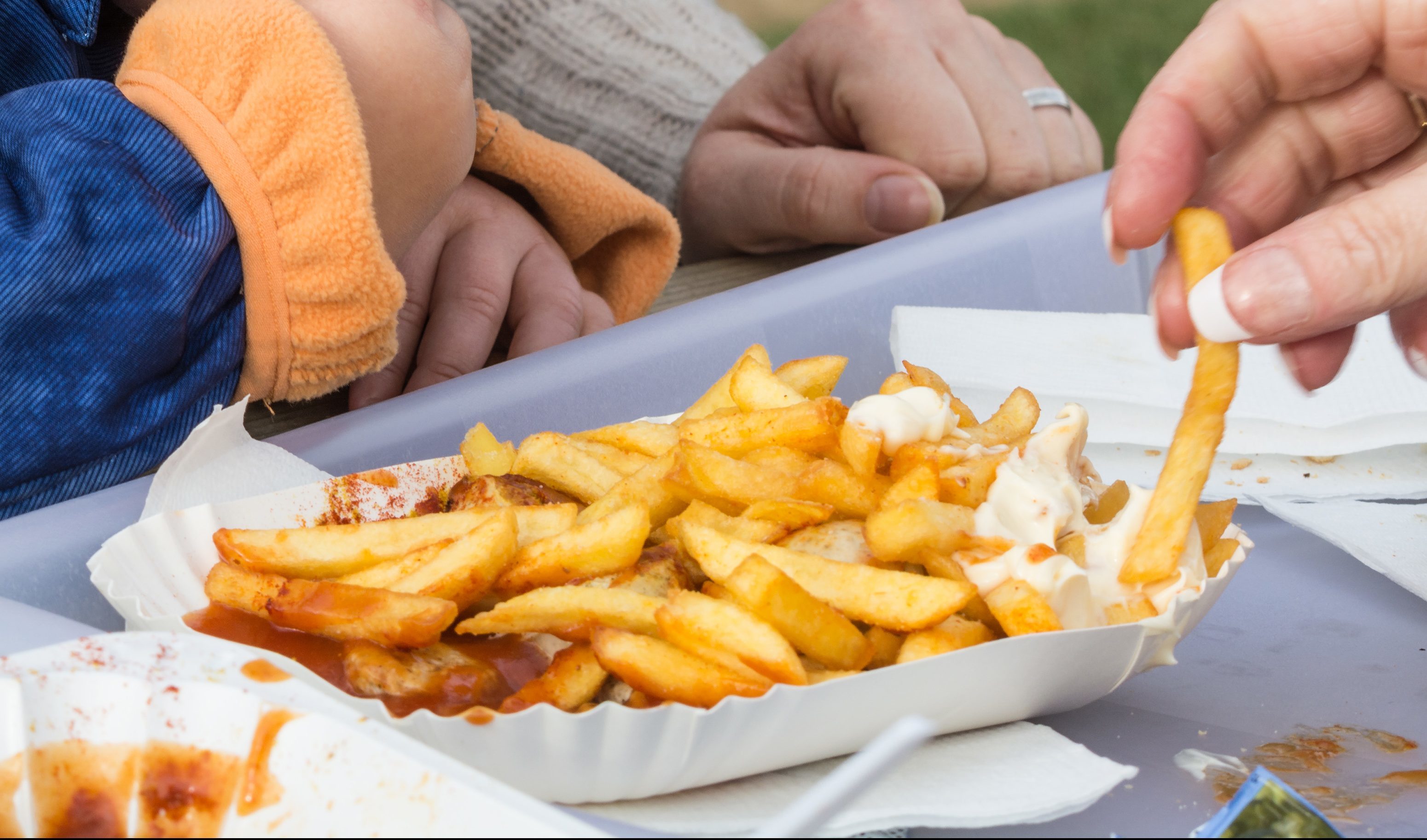
PEOPLE in Scotland’s most-deprived areas are more likely to be obese than those in the most-affluent, according to new research.
An NHS Health Scotland report found the obesity risk for children is widening, largely due to an increasing risk for those in the most-deprived communities while those in less-deprived areas are generally stable.
The number of children starting school in danger of becoming obese was 7% in the most-affluent areas and nearly double that (13%) in the least well-off, figures from 2015/16 show.
Researchers found adults living in the least-deprived areas had the lowest obesity levels.
For men, those in all other areas were broadly similar but for women obesity becomes progressively more common as the deprivation level increases.
Analysis of the most recent figures, from 2015, show 28% of men and 29% of women aged 18-64 in Scotland are obese.
Overall obesity has risen from 17% in 1995 but remained broadly stable since reaching 27% in 2008.
The proportion of overweight women in Scotland has almost doubled in twenty years – from 31% in 1995 to to 60% in 2015 – while the level of overweight men jumped by 26% in the same period to 66%.
The report concluded that “actions to reduce the obesogenic environment are urgently needed if the long-term health, social and inequality consequences of obesity are to be reduced.”
Researchers recommend a similar approach to tackling Scotland’s alcohol problem by focusing simultaneously on both the most severe cases and population as a whole.
One of the report authors, Elaine Tod, public health intelligence adviser with NHS Health Scotland, said: “Obesity used to be more common amongst the richer in society as it was only those who could afford to eat well who became obese.
“This trend has reversed and we now see higher rates of obesity in those who are less well-off.
“The reasons for this are complex and multi-factorial, including the affordability and availability of high-fat, high-sugar food in comparison with healthy food and the increasing popularity of more sedentary past times.
“What is clear is that action, including structural change at a societal level that does not require individuals to ‘opt-in’, is needed to achieve both a population-wide decrease in obesity in Scotland and to prevent health inequalities associated with obesity widening further.”
Lorraine Tulloch, programme lead at Obesity Action Scotland, said: “This report clearly outlines that the most-deprived in our society are suffering the greatest burden of obesity.
“It also highlights that focusing on actions individuals can take only worsens the inequalities gap.
“If we want to ensure we tackle the gap, we need to see bold, ambitious action to change the food environment around us to ensure the healthy choice is the easy choice for everyone.”
The research was published in the International Journal for Equity in Health.

Enjoy the convenience of having The Sunday Post delivered as a digital ePaper straight to your smartphone, tablet or computer.
Subscribe for only £5.49 a month and enjoy all the benefits of the printed paper as a digital replica.
Subscribe